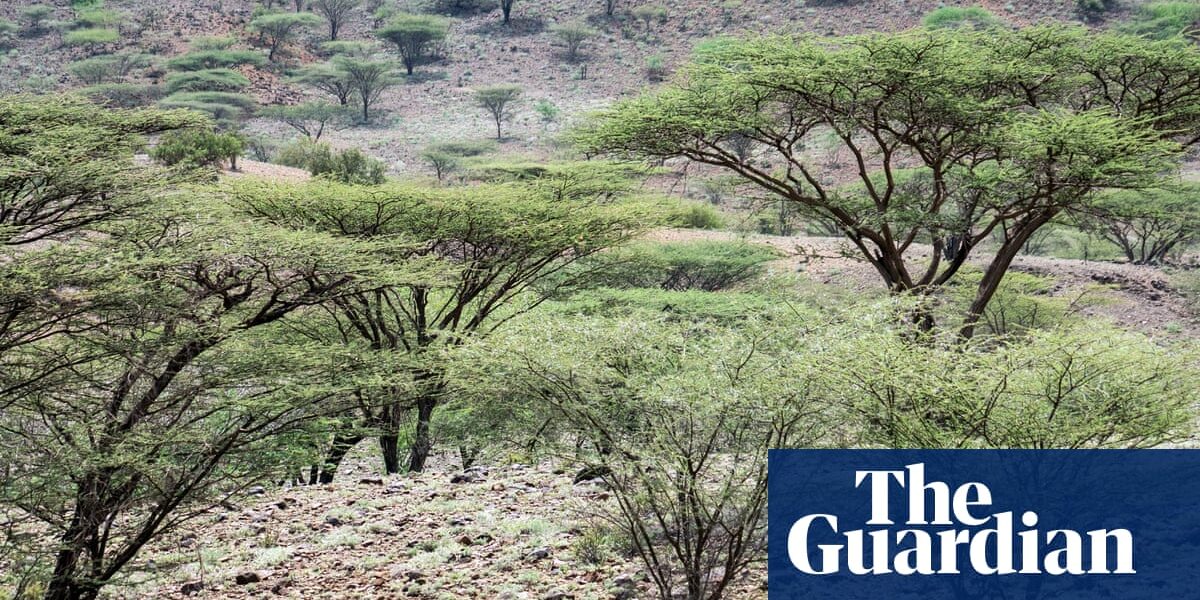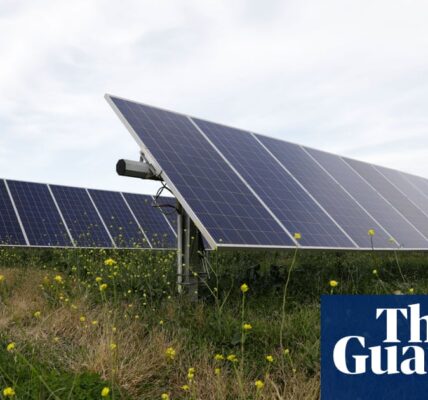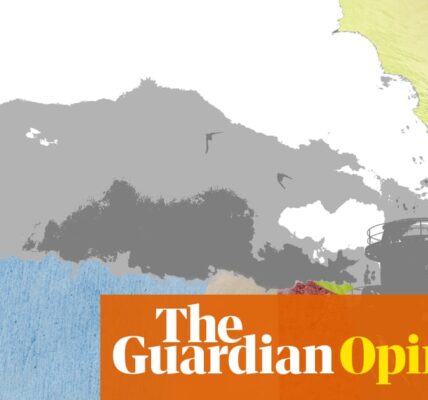Scientists are warning that poorly planned tree planting in Africa could pose a threat to local ecosystems.

Scientists have issued a warning that misguided tree-planting initiatives are endangering vital ecosystems in Africa.
Studies have shown that forest restoration efforts are being conducted in unsuitable environments, putting an area equivalent to the size of France at risk.
The African Forest Landscape Restoration Initiative is focused on planting trees on 100 million hectares (247 million acres) of land by 2030. However, scientists have expressed concern that this plan may involve planting trees in non-forest areas like savannahs and grasslands, which could harm or destroy existing ecosystems.
According to the study, over half of tree-planting initiatives in Africa are taking place in savannahs. Additionally, nearly 60% of these projects are utilizing tree species that are not native to the region, posing a potential threat of introducing invasive species.
The scientists warn that incorrectly labeling grassy ecosystems, such as savannahs, as “forests” could result in misguided reforestation efforts and the devastation of these historic grasslands.
The UN’s Food and Agriculture Organization currently defines forests as land areas larger than 0.5 hectares, containing trees over 5 meters tall, and with a tree canopy covering at least 10%.
According to this definition, ecosystems with trees that have open spaces, like savannahs, would fall under the category of forests and would satisfy the necessary criteria for reforestation, regardless of their suitability.
Planting additional trees in these regions increases the coverage of the canopy and reduces the amount of sunlight that can penetrate the ground, altering the ecosystem of the savannah. This may pose a threat to animals like rhinos and wildebeest, as well as humans who rely on these environments.
The authors stated that we need to take action to prevent a scenario where we cannot see the savannah due to the trees, leading to the irreversible loss of these valuable grassy ecosystems.
According to the findings of a study published in the journal Science, Kate Parr, a tropical ecology professor at the University of Liverpool, believes that restoring ecosystems is crucial, but it should be tailored to each specific system. She also points out that non-forest ecosystems like savannahs are often mistakenly labeled as forests and thus targeted for restoration with trees.
Ignore the newsletter advertisement.
after newsletter promotion
It is crucial to update definitions to avoid confusing savannahs with forests, as the growth of trees poses a risk to the stability and longevity of savannahs and grasslands.
According to Dr. Nicola Stevens, a specialist in African environments at the University of Oxford and co-author of the study, the need to quickly initiate extensive tree planting is resulting in the financing of insufficiently evaluated projects that are likely to have minimal impact on carbon sequestration and could potentially cause harm to society and the environment.
Source: theguardian.com




